Birders in Madison, Wisconsin, are rallying to save their feathered friends and create a more inclusive birding world.
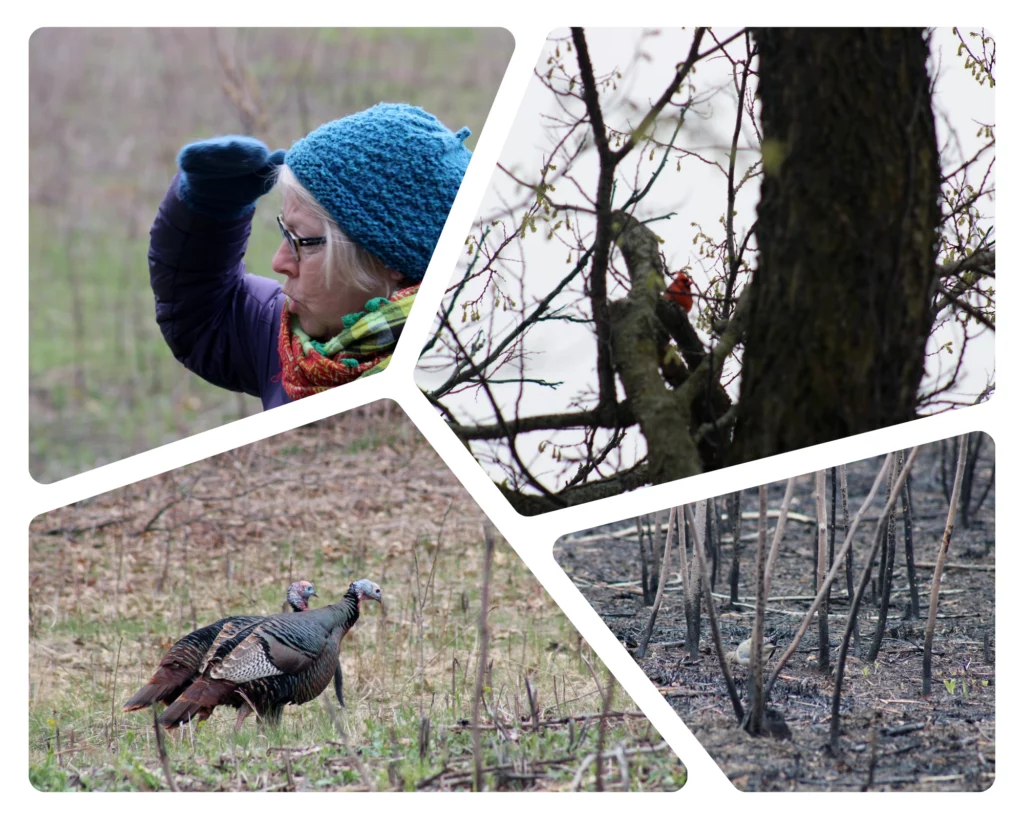
Imagine you’re on a hike, hoping to see your favorite species of bird. You pack your bag with binoculars, your favorite snacks, and a field guide about birds in your area. You drive out to the closest nature preserve and walk down the trail, enjoying the fresh air and the occasional rustle of a small animal running away from you.
You use a mobility cane as you walk down the trail, compensating for the blurry vision in your right eye. However, when you look up at the sky, scanning for birds, your eyes begin to burn. The wind, too, is your enemy. When a gust howls down the trail, it dries out your eyes. The corneas can’t produce tears to soothe them. You have goggles that help people who deal with severe dry eye, but you can’t get your binoculars up against the goggles.
This is what bird watching is like for Valerie Gibbons, 63, a resident of Monona, Wisconsin, near the capital of Madison. After taking environmental courses in college, Gibbons says she was “bitten by the nature bug.” She’s gone on birding trips and led walks, but her impaired vision is affecting her birdwatching.
“I can’t look up at the sky too long, or up in a tree,” Gibbons says. “That’s very upsetting as a birder.”
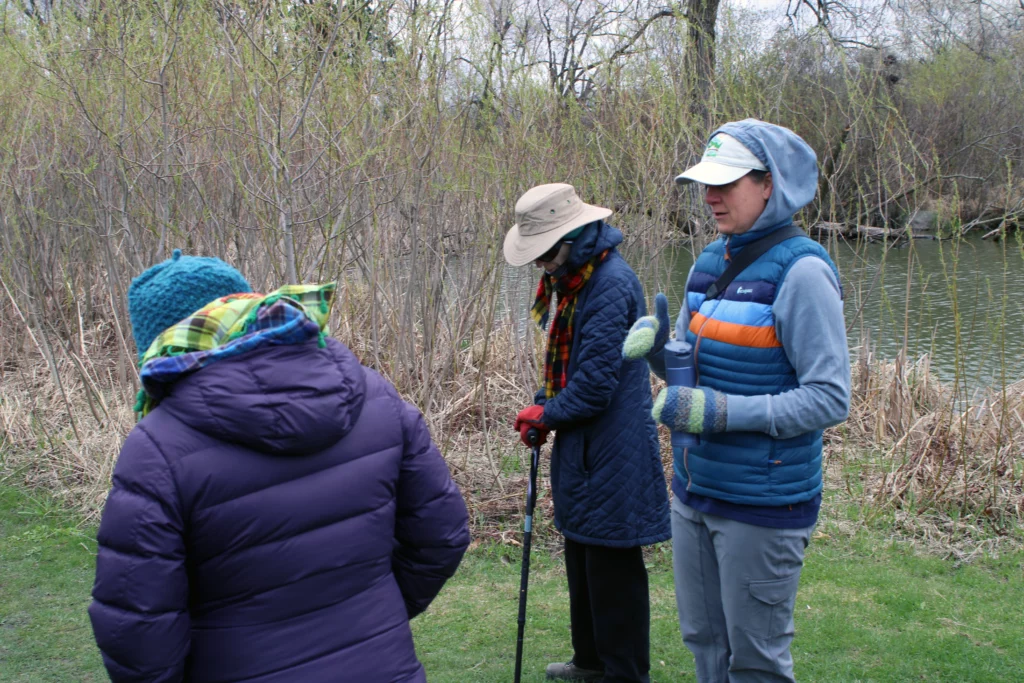
While Gibbons’ sight is diminished, her sense of hearing can make up for some of the loss. Birding by ear involves identifying birds by the sounds they make, from the pine warbler’s trill to the flute-like notes of a hermit thrush. Bird sounds can give you insight into what’s happening in nature. Songbirds and various other groups sing to defend territory and attract mates, and birds utter calls in response to a threat, to keep in touch with each other, and while in flight.
Birding by ear is helpful for those with impaired vision, but anyone can benefit from the skill. Gibbons has had a birding by ear CD set for about 20 years, but she’d never found an event focused on bird watching with impaired vision—until the Southern Wisconsin Bird Alliance and the Wisconsin Council of the Blind & Visually Impaired hosted an event at the Aldo Leopold Nature Center that aimed to help people like her.
On April 20, participants in the event learned about leading a birding trip while being conscious of people with vision loss. The event is designed to decrease isolation, loneliness, and depression among people with visual impairments, says Denise Jess, executive director of the Wisconsin Council of the Blind and Visually Impaired.
“So often, those of us that live with blindness are assumed by the wider population to not be interested in the natural world, but more so what happens is that the natural world is challenging for us to access,” Jess says.
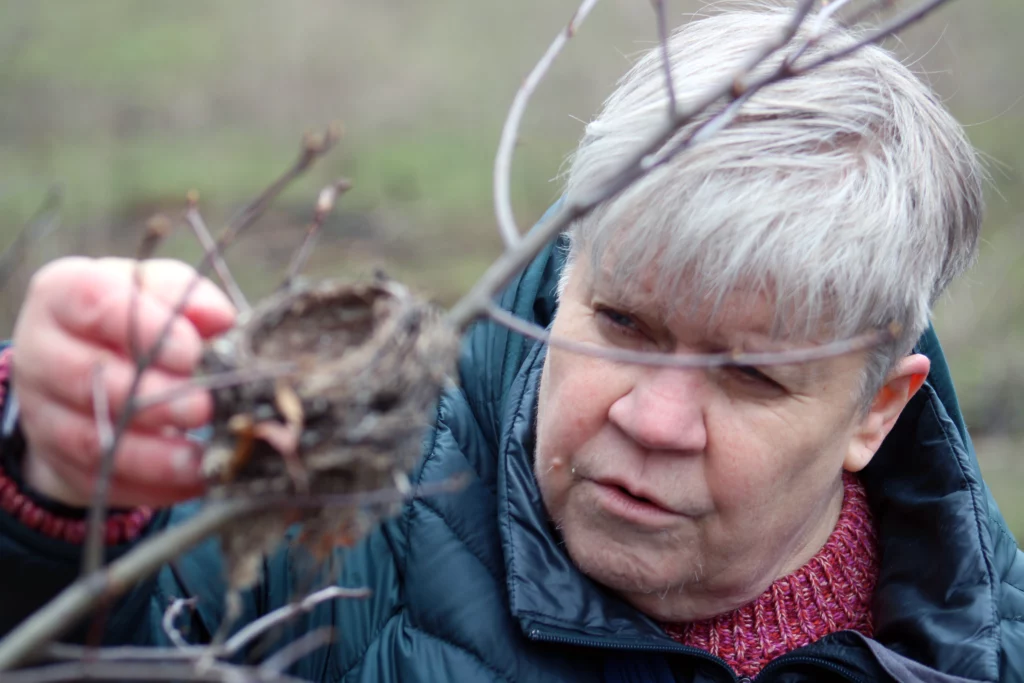
Saving birds, one dollar at a time
People with disabilities aren’t the only group who experience barriers in birdwatching. The BIPOC Birding Club of Wisconsin aims to offer community for those made to feel unwelcome in the birding world. They’ve stationed “Birding Backpack” kits around the Madison and Milwaukee areas, providing gear such as binoculars and field guides for “folks who’ve been historically excluded from enjoying the natural world.” The Madison chapter of the Feminist Bird Club has made a similar effort, helping fund Birding Backpacks at the Madison Public Library.
But while these organizations work to make birding more available to everyone, the bird species they watch are vulnerable to habitat loss and global warming. Since 1970, North America has lost nearly 30% of its birds, a population decline approaching 3 billion, according to a 2019 study published in the journal Science. Since 2012, birdwatchers have rallied for the Great Wisconsin Birdathon, drumming up over $900,000 in total for bird protection in the state. Last year’s birdathon raised funds for a variety of efforts, from a grassland habitat project in Wisconsin to studying places in Belize that birds use as rest stops during migration.
After registering their team for the birdathon, birdwatchers raise money with a style similar to a walk-a-thon. But the fundraising isn’t based on the distance the teams walk—instead, a supporter can donate a set amount of money for each species of bird seen. Or, they can make a one-time donation to one of the 82 teams signed up for the 2024 birdathon like the BIPOC Birding Club’s team The BIPOC Flock. Or the Feminist Bird Club’s team Yes We Pelican! Or maybe the Flockadelics or the Reckless Wrens, of the Southern Wisconsin Bird Alliance.
Teams may see the impact of the money they raised in their hometowns, choosing to keep up to half of the money they raise for their own bird conservation projects. For example, money raised through the Birdathon helped the BIPOC Birding Club put out the Birding Backpacks.
This year’s goal is to raise $125,000. The birdathon goes from April 15 to June 15, and by May 9, it had raised almost half of the goal.
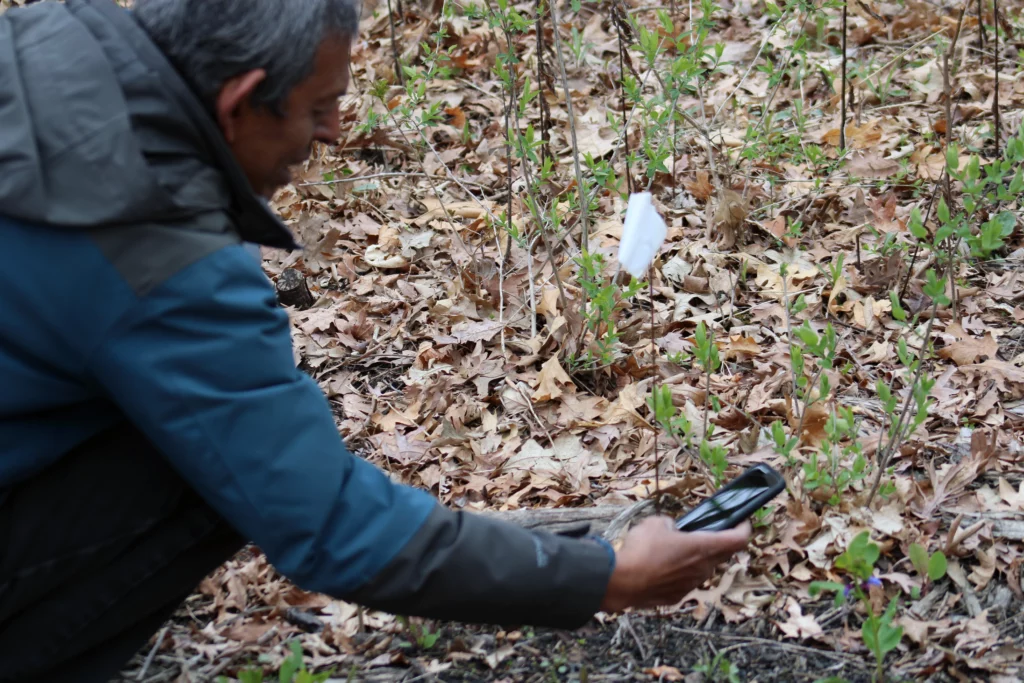
Should we save the birds even when humans are in peril?
For Sudeep Samanta, captain of the Owen Park Owls, birding is part of everyday life. He goes birding four to six times a week, most often at Owen Conservation Park, a nearly 100-acre park in Madison that includes prairie and oak savanna. You can find grassland birds like sparrows and goldfinches in the prairie area, he says, and woodpeckers and orioles in the woodlands. Samanta is interested in observing a bird’s behavior, such as eating or building a nest. He keeps up his birdwatching pretty much throughout the year, except when it gets really cold. He grew up in India and isn’t quite used to the Wisconsin chill.
“I just love birds,” Samanta says. “The way they look, the way they look at you, their expression.”
He gives back to the park through his involvement with the Friends of Owen Park, a conservation organization. The organization’s work includes removing invasive plants and planting seeds they think will be good for the diversity of the habitat. That’s important for birds, he says, because native berries can help the bird population grow.
“The only way you can, in my opinion, save the birds is to save the whole ecosystem, to care for it, to make sure that it runs the way it has always run,” Samanta says.
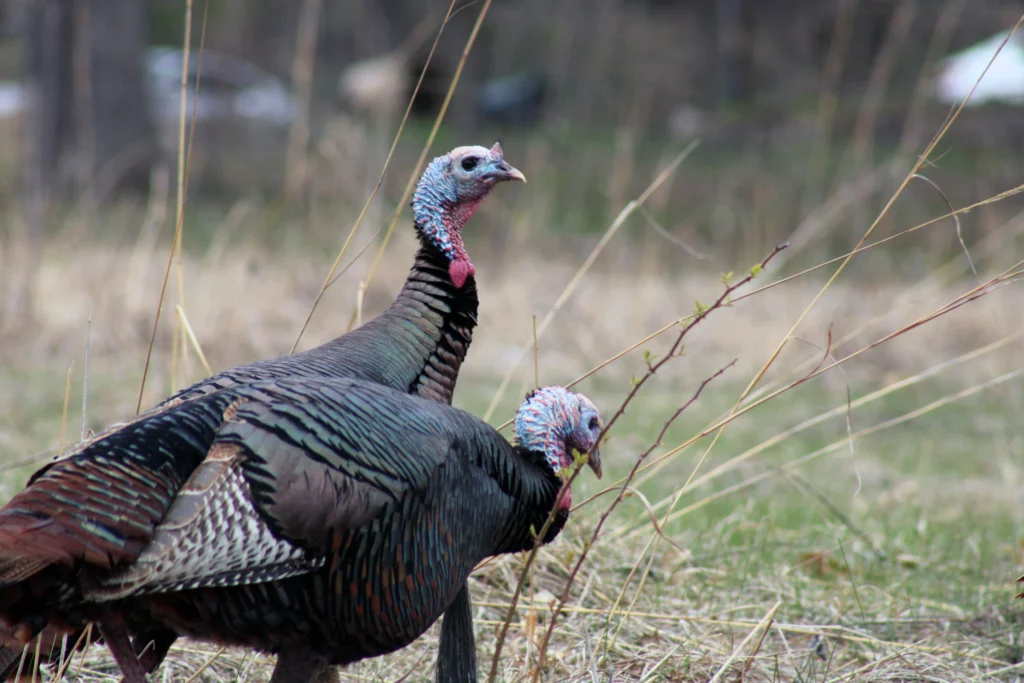
Bird conservation isn’t just about saving the birds. As the world’s temperature warms, some might ask why conservationists are trying to save the birds when humans are also in danger. The Great Lakes division of the National Audubon Society, a bird conservation organization, says that birds pollinate, disperse seeds, and play a part in the food chain. They are also “uniquely positioned” to reflect the health of the land. What is good for birds is also good for entire ecosystems, including humans, they say.
Samanta thinks that it’s right to prioritize safeguarding humans, though he also says humans are “way too powerful,” which gives humans a responsibility.
“Think of the king of animals, the lion,” Samanta says. “See the extent of its reach in the savanna. A few miles. However powerful it is, it cannot project its power beyond a few miles. It can’t eat up all the land. But a human—say for example, someone as powerful or rich as Elon Musk or somebody like that—they can project power over to Africa or India, just give people money to do something on his behalf.”
If you show people what nature offers, there will be more people who cannot live without nature, Samanta says, alluding to the conservationist Aldo Leopold’s influential book, A Sand County Almanac. This can start with people appreciating birds and saving urban parks that help people appreciate what they almost forget in their day-to-day lives. He hopes that more people will become aware that nature is useful as more than a resource for humans. He says that when someone donates to the Great Wisconsin Birdathon, it takes some of their attention.
“That plants an idea in somebody’s mind,” Samanta says. “That, okay, there are some people who are caring about this. Why are they interested in doing this? That creates a seed, and that plants a seed.”
